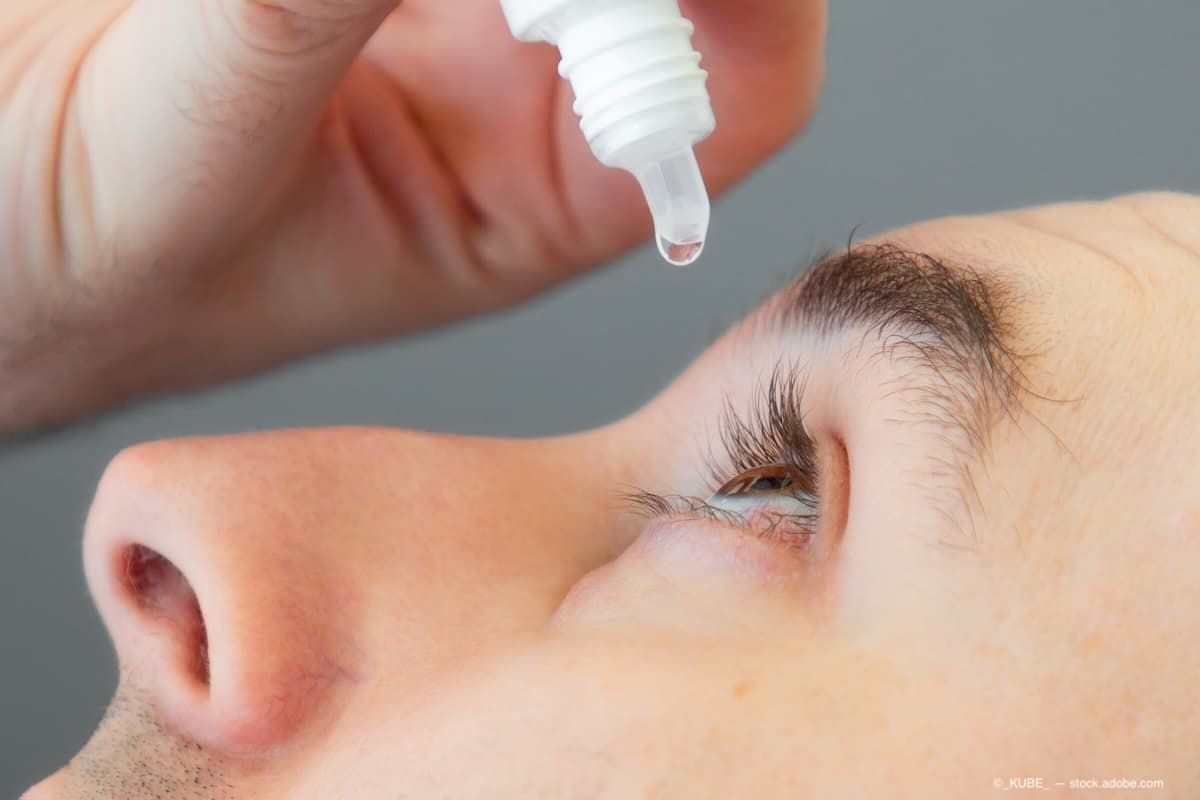Video
Layering Therapy for Dry Eye Disease
Author(s):
How to select and discuss sequential therapy with patients who have dry eye disease and set expectations for treatment.
Cynthia Matossian, MD, FACS: Rahul, based on what Milt said; those are really wonderful pearls, and Kelly, what you shared with us are great pearls too for how you’re helping your students become eye care providers. Rahul, in dry eye disease we have to keep layering treatments, I always say we layer treatments, we make this big sandwich, and we never know how thick that sandwich is going to be, how many layers of treatments we need.
Rahul S. Tonk, MD, MBA: I love that.
Cynthia Matossian, MD, FACS: And patients laugh and they chuckle. How do you discuss sequential therapy with your patients? Because it’s never once and done, unlike cataract surgery.
Rahul S. Tonk, MD, MBA: Right. I find that usually by the time patients get to any of the 4 of us, they’ve had some interaction with a previous doctor regarding their dry eye disease. The first thing we do of course is we unpack what they’ve done and what they’ve tried before. One of the things that frequently comes up is that people who have tried some amount of lid hygiene or some amount of over-the-counter tear products, they’ll say, “Oh, that didn’t work.” They’re looking for something by prescription or something procedural out of the gate. For me, right at the start of this we talked about environment, lifestyle, and self-care being the lion’s share of the work. I tell patients 1 of 3 things right up front. I tell them dry eye and ocular surface disease are a chronic condition. There’s no wonder drug that we’re going to pull off, although there are some things that are pretty fantastic, there’s no wonder drug we’re going to pull off that’s going to cure it and that you’ll have to take once or every 6 weeks and then you’re done. Then they know they’re in it for the long haul, they know about longitudinal care, and they know about the partnership, because things are going to go left and right. Some things are going to work better than others.
The second thing is, just as you mentioned, there’s this pyramid of care where we go higher and build on foundational treatments. So even if they have tried or think that they’ve tried lid hygiene, and environment modification, and so forth, I really blow that up and dive really deep into it, making sure they’re using good quality products that are targeted to their specific condition. How are they, for example, accomplishing lid hygiene? Do they need a hypochlorous acid-based cleanser? Do they need a detergent-based cleanser? Do they need something that targets, Demadex? Warm compresses: Are you using a washcloth that gets cold quickly? Are you using something that can maintain heat? There’s so much level of detail that we can get into just on that foundation. In terms of sequence, I very frequently go back to that foundation as a first step.
Then the third thing that I find is very helpful in these initial consults is targeting inflammation. We know inflammation is at the root cause of so much dry eye, and we know that patients in many cases respond to pulse courses of topical steroid, topical immunomodulators, and so forth. I find that controlling—especially if I find it from a matrix metalloproteinase being present or a high tear osmolarity—if I can find that inflammation and I can put them on a course of anti-inflammatory medication, that gives me a leg up that I’ve got patient buy-in on the next thing I’m going to do. We know that their disease is responding to things we’re doing. It’s not another path for sensory abnormality, and it helps build the pathway. That has been my approach, but I know there are many others out there. I’m curious to hear from the rest of the panel as well.
Cynthia Matossian, MD, FACS: I’m so glad you mentioned that just because somebody has tried it once and said it didn’t work, you really have to explore that. It could be that they tried something for a week or 2 weeks, expected a miracle, and stopped. You really have to delve into it and find out what it was that didn’t work, or what it was that made them perceive it was not helpful to them. It’s so true. Maybe they were using a cool washcloth instead of, let’s say, a heat-retaining mask that can stay hot for 7, 8, 9 minutes.
Transcript edited for clarity.
Newsletter
Don’t miss out—get Ophthalmology Times updates on the latest clinical advancements and expert interviews, straight to your inbox.




